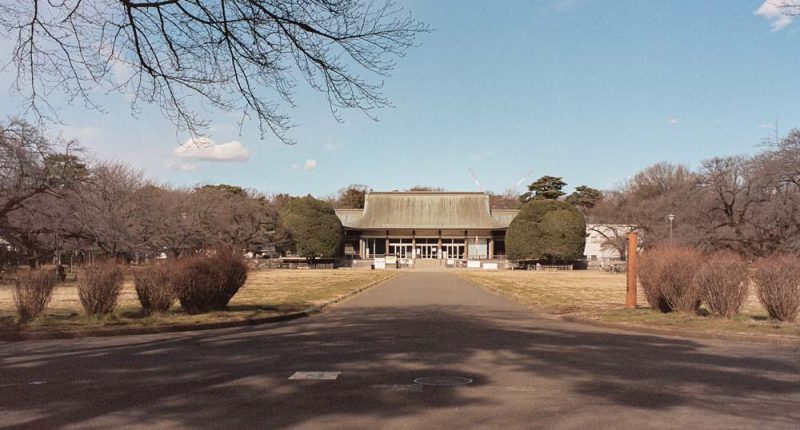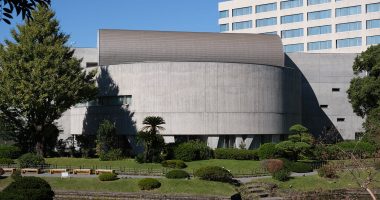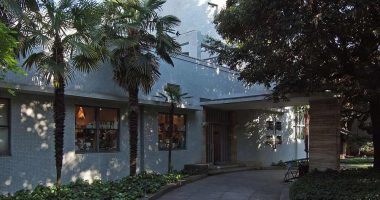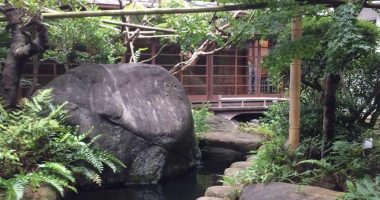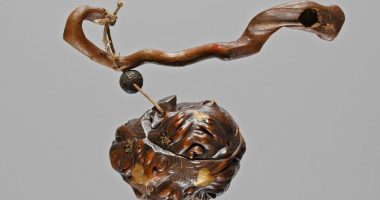The museum was established to preserve or reconstruct many of the old buildings which were originally located in the capital, but have been moved to the museum or lost to the many disasters Tokyo has suffered over the centuries. The grounds are split into three zones: private houses, buildings of historical value, and downtown Tokyo.
Location
3-7-1 Sakuracho, Koganei, Tokyo 184-0005« Google Maps »
Getting there
A short bus ride from Musashi-Koganei Station on the JR Chuo Line or an 800m walk from Hana-Koganei Station on the Seibu-Shinjuku Line. From Musashi-Koganei Station take the Seibu bus from platform 2 or 3, or take the Kanto bus for Mitaka Station from platform 4 (all platforms near the North Exit of the station). You could also walk (it’s just over 1km)
Details
9:30-17:30 (16:30 between October and March). Closed on Mondays unless it is a public holiday, in which case the museum is open on Monday and closed on Tuesday
Adults ¥400 | Children ¥200
